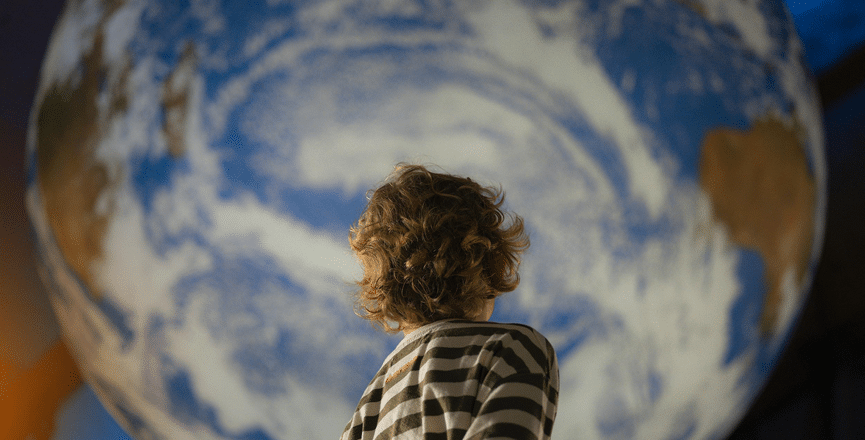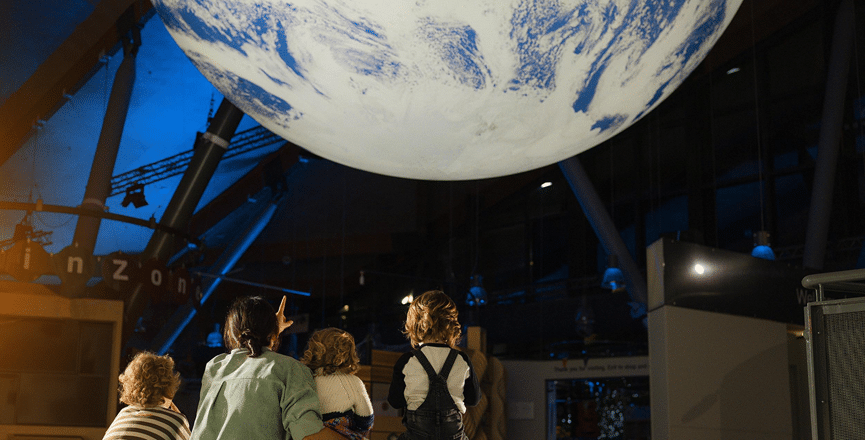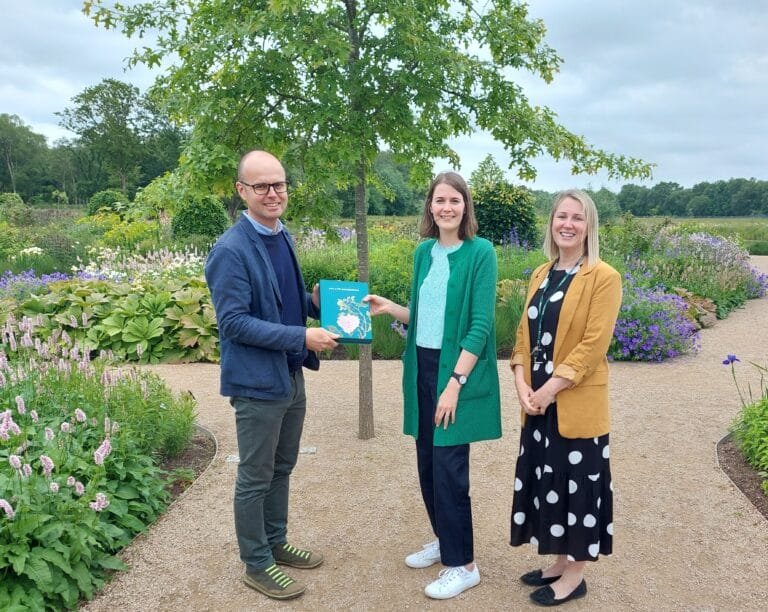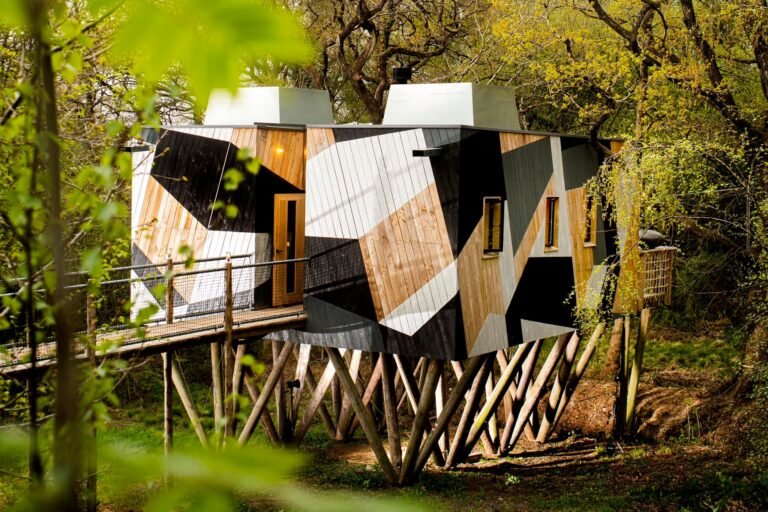
Life Science Centre – The Gaia Experience

In the past two decades, Life has welcomed an average of 300,000 people a year to its science centre, including families, adults and school groups. Groundbreaking research into regenerative medicine and genetics has taken place on-site and made international headlines, and hundreds of thousands of people have benefitted from the NHS clinics at Life.
Life is proud of its role as a forerunner in both genetics research and IVF research, although these were both very controversial topics when it first started. Life turned 21 in 2021 and it has never been more vital to encourage people to think about the great problems that mankind faces and how science and technology might help us solve them. Life’s mission is to encourage everyone in North East England to learn about and appreciate science, as well as to see how it relates to their own lives.

Currently, Gaia has a mesmerising seven-meter-diameter reproduction of Planet Earth, as part of their Gaia Earth exhibition. The project, which was created by UK artist Luke Jerram, combines precise NASA photos of the Earth’s surface to present a rare opportunity to see our world floating in three dimensions.
The sculpture is 1.8 million times smaller than the real Earth, with each centimetre describing 18 kilometres of the planet’s surface. Visitors will be able to see the Earth from the moon by standing 211 metres away from the artwork.

The overview effect was initially described by author Frank White in 1987, and the installation seeks to convey that feeling. A sense of awe for the earth, a profound grasp of the interconnectedness of all species, and a reinvigorated sense of duty for environmental protection is the main feeling that artist Luke Jerram is trying to invoke in visitors to the exhibition.
The Gaia exhibit can be seen from a variety of perspectives throughout the scientific complex, including standing, sitting, or strolling underneath it. On the upper floor, there is also an observation platform where visitors may get a unique perspective of the Earth.
Try to locate all of the continents, nations you’ve visited, or our location throughout your stay.










